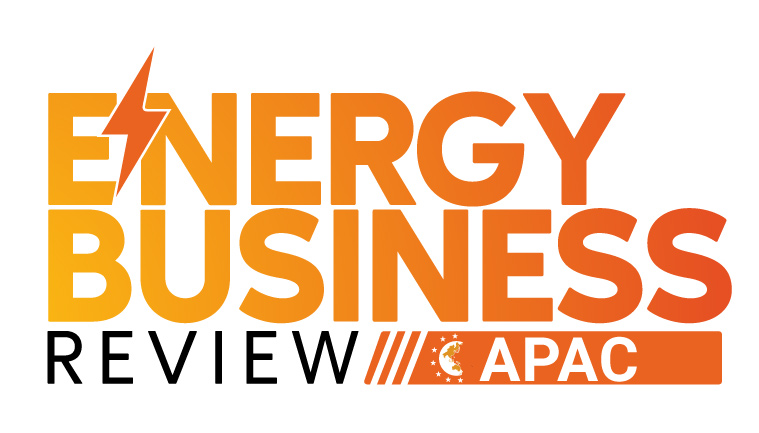Thank you for Subscribing to Energy Business Review Weekly Brief
Automation Facilitates Well-Control Efforts
Good control aims to ensure the safe management of pressures and fluids encountered during drilling.

By
Energy Business Review | Thursday, February 16, 2023
Stay ahead of the industry with exclusive feature stories on the top companies, expert insights and the latest news delivered straight to your inbox. Subscribe today.
Mitigating risks during operations requires controlling risk safely and efficiently.
FREMONT, CA: Good control aims to ensure the safe management of pressures and fluids encountered during drilling. It is possible to lose control over wells, leading to an uncontrolled flow of reservoir fluids to the surface and subsequent blowouts or fuel-fed fires. As this major accident hazard manually, there is a high level of human factors issues associated with it. A loss of good control causes multiple blowouts and several fatalities every year.
Using automation to reduce risk is an effective method of well-intervention.
Automation in well control: Inflow detection and shut-in sequences during drilling operations can be fully automated using a system called Automated Well Control. An automated well control system can reduce the possibility of human error and ensure consistency in drilling operations by addressing the main safety issue of human factors.
Using Automated Well Control technology allows for rapid response, identifying well control problems, making decisions, and reacting, resulting in a dramatic reduction in influx size and reduction of environmental consequences. The drill string needs to move across the BOP so there are no incompatible pipe connections. This is known as spacing out and facilitates a safe BOP closure.
This system makes real-time monitoring of the well and automatic flow management possible. Automated Well Control automatically shuts down the pumps, stops the top drive, and shuts in the BOP if an influx is identified.
Application of automated well control technology: A drilling simulator has been used extensively to test the system. Each driller performed a manual shut-in for a particular well programmed into the well control simulator. Despite each driller knowing a kick was about to occur, the smallest volume of influx shut-in was 1.27 m3, the largest 5.08 m3, with a typical volume of 3 m3. When the Automated Well Control system automatically shut in the same influx, the shut-in volume was under 0.32 m3, an order of magnitude less than the human driller.
Drilling through narrow areas can be achieved using MPD by applying Surface Back Pressure (SBP) to manipulate the Bottomhole Pressure (BHP) within the confines of the pore and fracture pressures. It is possible to drill and construct wells efficiently and accurately by integrating primary and secondary well controls.






